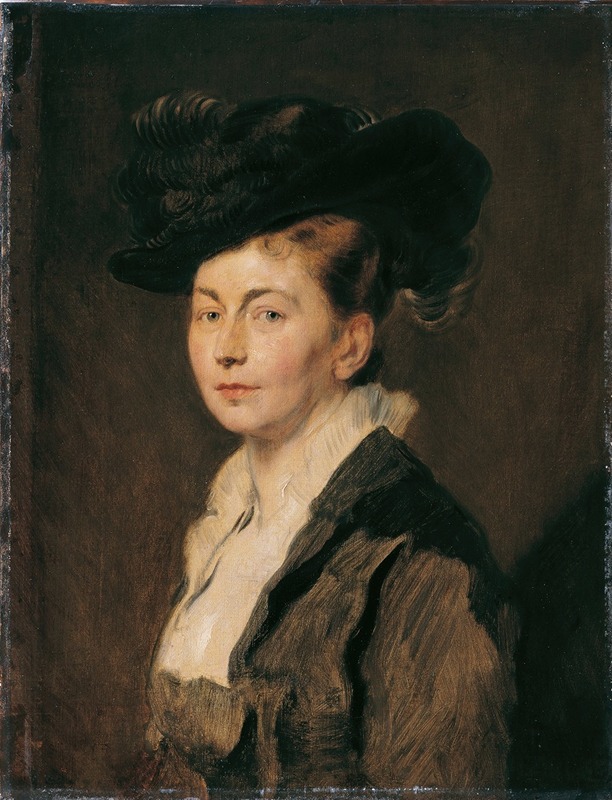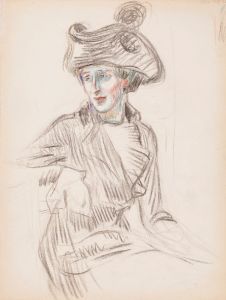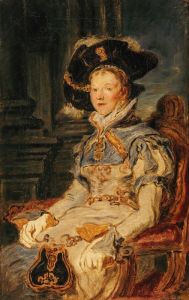
Damenbildnis
A hand-painted replica of Hans Canon’s masterpiece Damenbildnis, meticulously crafted by professional artists to capture the true essence of the original. Each piece is created with museum-quality canvas and rare mineral pigments, carefully painted by experienced artists with delicate brushstrokes and rich, layered colors to perfectly recreate the texture of the original artwork. Unlike machine-printed reproductions, this hand-painted version brings the painting to life, infused with the artist’s emotions and skill in every stroke. Whether for personal collection or home decoration, it instantly elevates the artistic atmosphere of any space.
Hans Canon, born Johann Baptist Strašiřipka (1829–1885), was an Austrian painter known for his portraits and historical scenes. One of his notable works is "Damenbildnis," which translates to "Portrait of a Lady." This painting exemplifies Canon's skill in capturing the elegance and personality of his subjects, a characteristic that made him a sought-after portraitist in 19th-century Vienna.
"Damenbildnis" is a fine example of Canon's mature style, which combines realistic detail with a certain romantic flair. The painting features a woman dressed in the fashion of the time, with meticulous attention given to the textures and colors of her attire. The subject's pose and expression convey a sense of dignity and poise, which was typical of Canon's approach to portraiture. He often focused on the upper body and face, ensuring that the viewer's attention was drawn to the subject's features and expression.
Hans Canon's technique in "Damenbildnis" reflects his academic training and his ability to blend traditional methods with his unique artistic sensibility. He studied at the Academy of Fine Arts in Vienna and later in Düsseldorf, where he was influenced by the Düsseldorf School of painting, known for its detailed and realistic style. Canon's work also shows the influence of his travels and studies in Italy, where he absorbed elements of Renaissance art.
The background of "Damenbildnis" is typically understated, ensuring that the focus remains on the subject. This approach was common in Canon's portraits, where the simplicity of the background contrasts with the detailed rendering of the figure. The use of light and shadow in the painting highlights the contours of the subject's face and clothing, adding depth and dimension to the work.
Hans Canon's portraits were highly regarded during his lifetime, and he received numerous commissions from the Austrian aristocracy and bourgeoisie. His ability to capture the character and status of his subjects made him a favorite among Vienna's elite. "Damenbildnis" is a testament to his talent and his contribution to the art of portraiture in the 19th century.
Canon's legacy extends beyond his portraits; he also created large-scale historical and allegorical paintings. However, it is his portraits, like "Damenbildnis," that continue to be celebrated for their artistic merit and historical significance. These works provide a glimpse into the fashion, culture, and social dynamics of his time, making them valuable both as art and as historical documents.
In summary, "Damenbildnis" by Hans Canon is a distinguished example of 19th-century portraiture, showcasing the artist's technical skill and his ability to convey the personality and status of his subjects. Through his detailed and expressive style, Canon has left an enduring mark on the world of art, and his portraits remain appreciated for their beauty and historical value.


















